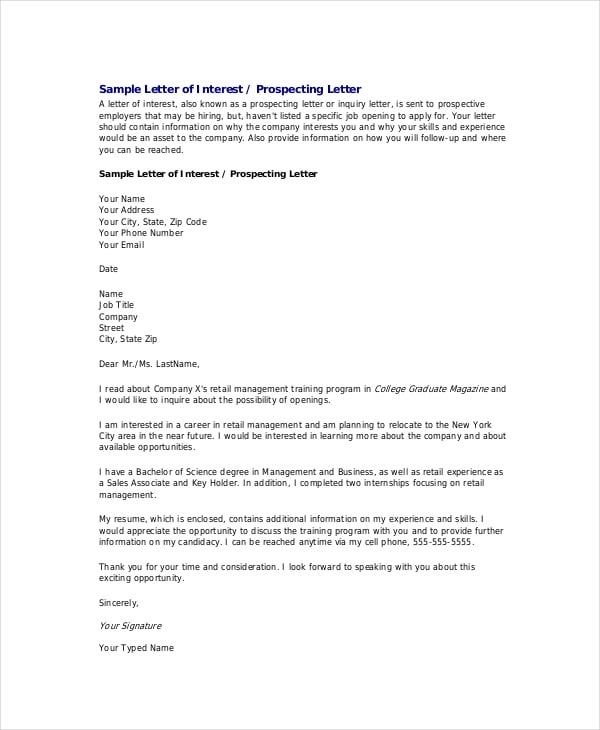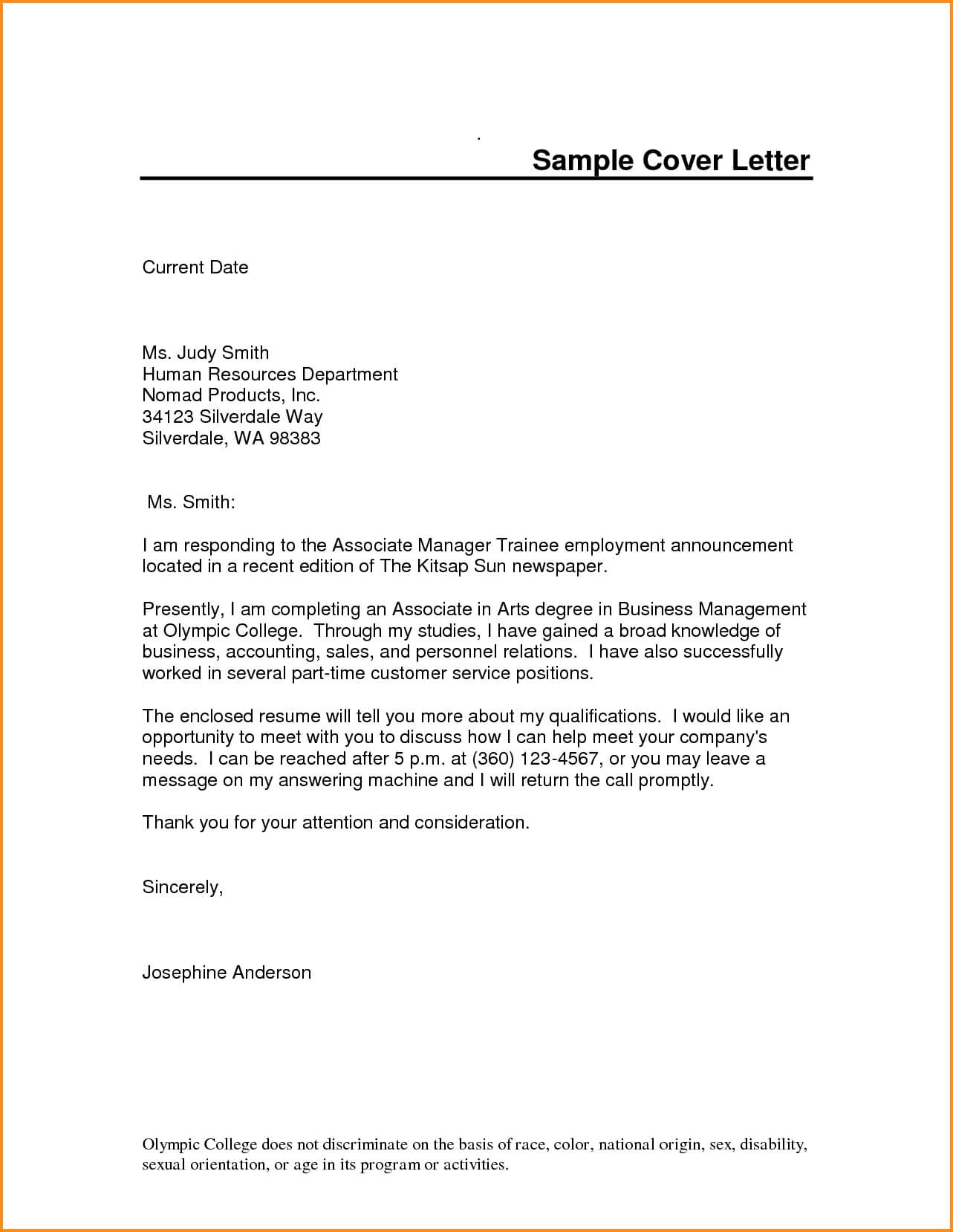

- LETTER OF INTEREST UPDATE
- LETTER OF INTEREST PROFESSIONAL
While both letters express your level of interest in your school of choice, the main difference between the letter of intent and letter of interest is the level of commitment. What’s the Difference Between the Two Letters?
Conclusion of thanks for considering your application. A connection between your updates and their offerings. Updates to any academics, experience, and extracurricular activities. A statement of thanks for considering you for their program. Again, this letter would express your continued interest in their program while on the waiting list.Ī letter of interest should include the following parts: LETTER OF INTEREST UPDATE
You’ve been placed on the waiting list and haven’t had an update on your status from the school.Changes in your qualifications may entice schools to offer admittance.
 There have been important updates to your academic or other experiences to share with the admissions board. This letter would be to express your continued interest in their program. A significant amount of time has passed without any reply from the school. Reasons you may consider providing another letter of interest to the same medical school program include: In some instances, you may feel the need to send a second letter of interest, although this isn’t required. The school admissions officers believe that if you have taken the time to compose a letter of interest, then you’re strongly considering their program. Medical schools appreciate letters of interest from future students. Not only are you expressing your interest in their program, but you’re also sharing why the program should be interested in having you attend. In a letter of interest, you should define how you would fit within the school’s program and what you would bring to it. A letter of interest expresses your interest and excitement about the school’s academic programs, offerings, and environment without making a commitment to that school. What Is a Letter of Interest?Ī letter of interest, although similar to a letter of intent, serves a different purpose. The overall goal of the letter of intent is to inform the school that you’re the best fit, that they are your number-one choice, and that you’ll accept any admission offer they might give you. It is acceptable to send a second letter of intent if two or more months have passed since your first letter or if you have purposeful updates to share. You should send it one month after your interview if you’re placed on the waitlist or haven’t received a response. You should only send a letter of intent to your first-choice school. Be sure to include any work experience you have and how it would make you successful in this particular program. Most importantly, it will explain what you bring to the school and how you can enrich the program. The letter of intent will state your intentions and explain why you’re a good fit for their school, given its curriculum, academic environment, student population, and culture.
There have been important updates to your academic or other experiences to share with the admissions board. This letter would be to express your continued interest in their program. A significant amount of time has passed without any reply from the school. Reasons you may consider providing another letter of interest to the same medical school program include: In some instances, you may feel the need to send a second letter of interest, although this isn’t required. The school admissions officers believe that if you have taken the time to compose a letter of interest, then you’re strongly considering their program. Medical schools appreciate letters of interest from future students. Not only are you expressing your interest in their program, but you’re also sharing why the program should be interested in having you attend. In a letter of interest, you should define how you would fit within the school’s program and what you would bring to it. A letter of interest expresses your interest and excitement about the school’s academic programs, offerings, and environment without making a commitment to that school. What Is a Letter of Interest?Ī letter of interest, although similar to a letter of intent, serves a different purpose. The overall goal of the letter of intent is to inform the school that you’re the best fit, that they are your number-one choice, and that you’ll accept any admission offer they might give you. It is acceptable to send a second letter of intent if two or more months have passed since your first letter or if you have purposeful updates to share. You should send it one month after your interview if you’re placed on the waitlist or haven’t received a response. You should only send a letter of intent to your first-choice school. Be sure to include any work experience you have and how it would make you successful in this particular program. Most importantly, it will explain what you bring to the school and how you can enrich the program. The letter of intent will state your intentions and explain why you’re a good fit for their school, given its curriculum, academic environment, student population, and culture. 
If you were to write and then rescind it, you’d decrease your chance of being accepted. Writing a letter of intent is something you shouldn’t decide lightly. The letter of intent acknowledges your commitment to join a school’s doctorate program. While these letters can help boost your chances, miswriting them may hurt your chances of being accepted. There are two ways to move forward and convey your level of commitment to your school of choice, either with a letter of intent or a letter of interest. Your decision will determine your residence and area of specialty.
LETTER OF INTEREST PROFESSIONAL
This degree, and where it’s from, will define you as a professional in the medical field. You’ve put in the effort and passed the tests, and now it’s time to pick the school where you would like to earn your doctorate.







 0 kommentar(er)
0 kommentar(er)
